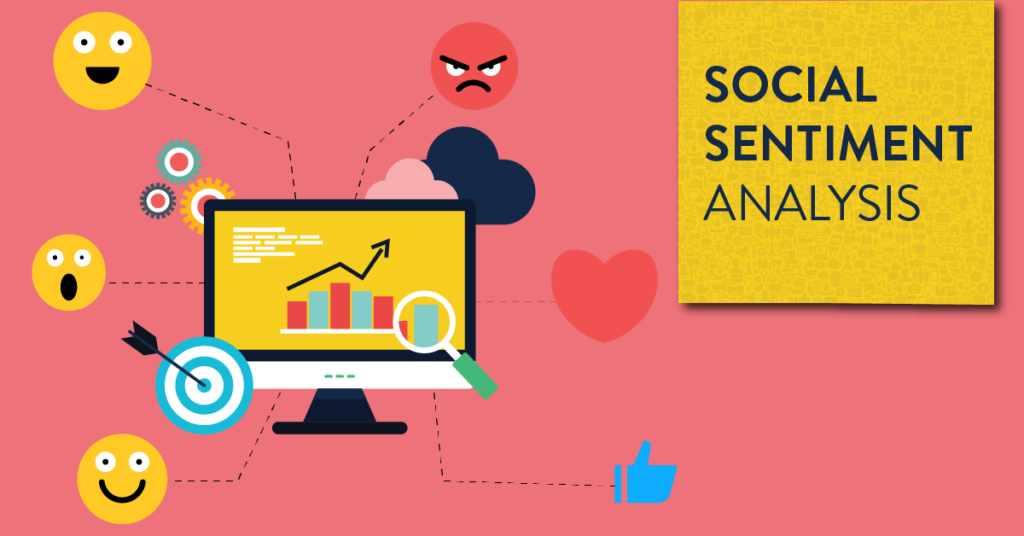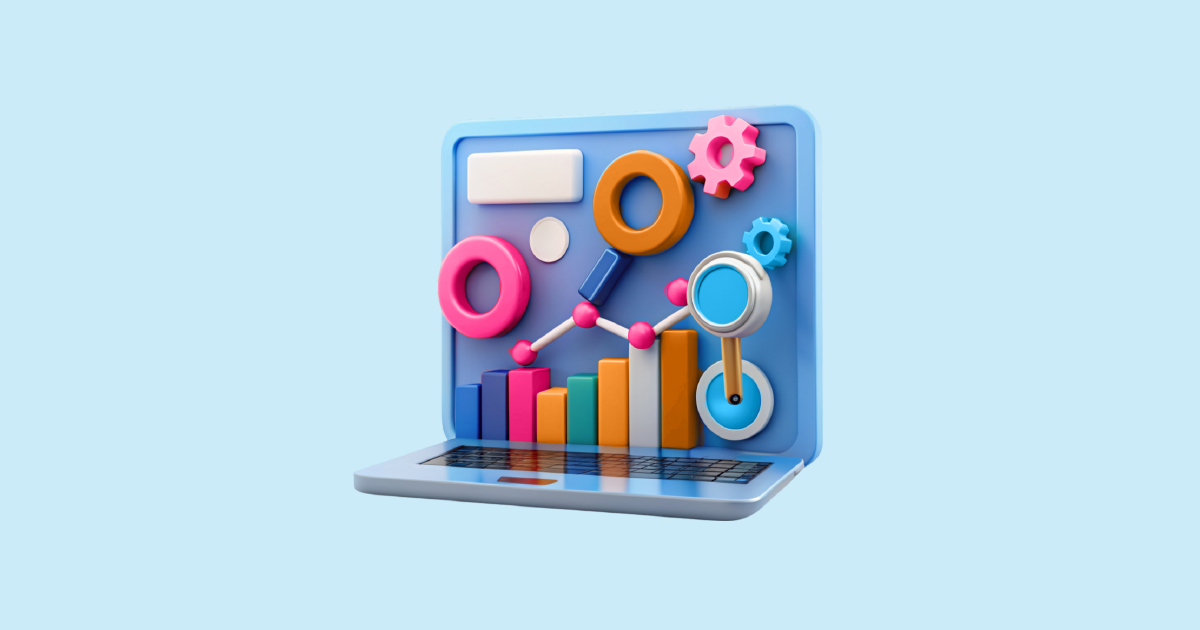Media sentiment analytics refers to the practice of analyzing and interpreting emotions, opinions, and feelings expressed by individuals across various social media platforms. With the rise of social media usage, businesses are leveraging these insights to better understand consumer behavior, manage their brand reputation, and stay ahead of market trends.
But why does social sentiment matter? Imagine a world where you could get a snapshot of how your customers feel about your brand, products, or services without directly asking them. Social sentiment analytics makes this possible by tracking and evaluating what people are saying online in real-time.
Media Sentiment Analytics: Understanding Consumer Emotions for Better Strategies

Understanding the Basics of Sentiment Analysis
Definition of Sentiment Analysis
At its core, sentiment analysis is a method used to determine the emotional tone behind a series of words. It helps businesses understand the attitudes, opinions, and emotions expressed in text, such as online reviews, social media posts, or blog comments.
Key Components of Sentiment Analysis
Sentiment analysis typically involves three key components:
- Polarity: Determines whether the sentiment is positive, negative, or neutral.
- Subjectivity: Measures the degree of personal opinion versus factual information.
- Emotion Detection: Identifies specific emotions, such as joy, anger, or sadness.
How Sentiment Analysis Works
Sentiment analysis works through algorithms that process text data, often powered by machine learning and artificial intelligence. These tools can assess text on social platforms like Twitter, Instagram, or Facebook, and categorize it as positive, negative, or neutral based on keywords, phrases, and context.
The Role of Social Media in Sentiment Analytics
Social Media as a Data Source
Social media platforms are a goldmine of information when it comes to sentiment analysis. With billions of users actively posting opinions, comments, and feedback, social media provides an extensive pool of data to mine for sentiment analysis. These platforms reflect public perceptions, customer satisfaction, and trends in real-time.
Popular Social Media Platforms for Sentiment Analysis
- Twitter: Known for its real-time conversations, Twitter is a treasure trove for sentiment analysis.
- Facebook: With long-form posts and comments, Facebook allows for deeper sentiment exploration.
- Instagram: Sentiment analysis on Instagram focuses on visual and textual content.
- LinkedIn: Ideal for analyzing professional opinions and brand reputation.
Tools and Technologies Used in Media Sentiment Analytics
AI and Machine Learning in Sentiment Analysis
AI and machine learning are integral to the accuracy of sentiment analysis. These technologies enable tools to process large volumes of text data, detect nuances in language, and even learn from previous interactions to improve their predictions over time.
Sentiment Analysis Tools and Platforms
Some popular sentiment analysis tools include:
These platforms use sophisticated algorithms to track and analyze public sentiment surrounding brands, campaigns, and topics.
Types of Sentiment in Analytics
1. Positive Sentiment
Positive sentiment occurs when people express favorable opinions about a brand, product, or service. Analyzing this sentiment can help businesses understand what they’re doing right and how to amplify positive experiences.
2. Negative Sentiment
Negative sentiment is when customers express dissatisfaction or frustration. Recognizing this type of sentiment quickly allows businesses to address issues promptly and prevent potential damage to their reputation.
3. Neutral Sentiment
Neutral sentiment doesn’t lean toward either positive or negative. This is often the most challenging sentiment to interpret, as it can indicate indifference or factual statements.
How Businesses Use Media Sentiment Analytics
1. Brand Reputation Management
Through media sentiment analytics, businesses can monitor what people are saying about their brand and respond to both positive and negative feedback. This proactive approach helps manage brand reputation and foster customer trust.
2. Consumer Behavior Insights
By understanding sentiment, businesses gain insight into consumer preferences, pain points, and buying behavior. This data is invaluable for refining marketing strategies and improving products.
3. Market Research and Product Development
Sentiment analysis can be used to identify emerging trends, allowing businesses to stay ahead of the competition and tailor their product development strategies to meet consumer needs.
Benefits
1. Real-time Feedback
Sentiment analysis offers businesses immediate feedback on their brand, products, or campaigns. This enables faster decision-making and adjustments based on current consumer sentiments.
2. Enhanced Customer Experience
By understanding how customers feel, businesses can tailor their customer service strategies, address concerns swiftly, and create better experiences overall.
3. Improved Decision Making
When companies can monitor customer sentiment, they can make more informed, data-driven decisions that are aligned with consumer expectations.
Challenges
1. Language and Contextual Understanding
One of the primary challenges in sentiment analysis is understanding the context and nuances of language. Sarcasm, humor, and local dialects can throw off sentiment analysis algorithms, making interpretation difficult.
2. Ambiguity in Sentiment Detection
Some comments can be ambiguous, where the sentiment is neither clearly positive nor negative, which can confuse the algorithms and lead to inaccurate results.
3. Data Overload
The sheer volume of data available on social media can overwhelm businesses. It’s essential to filter and focus on the most relevant insights to ensure the effectiveness of sentiment analysis.
Best Practices for Media Sentiment Analytics
1. Regular Monitoring and Analysis
For effective sentiment analysis, businesses must continuously monitor and analyze social media content. This helps to identify patterns, track sentiment shifts, and stay responsive to consumer opinions.
2. Integration with Other Marketing Strategies
Integrating sentiment analysis with broader marketing and communication strategies can amplify its impact. Using insights to drive content creation, promotions, and customer engagement strengthens brand positioning.
3. Customizing Sentiment Analysis for Your Business
Not all sentiment analysis tools are created equal. Businesses should tailor these tools to suit their specific needs, ensuring they’re measuring the most relevant metrics for their industry or niche.
Future Trends
1. AI Advancements in Sentiment Analysis
As artificial intelligence continues to evolve, sentiment analysis tools are expected to become more accurate and sophisticated, improving the ability to interpret complex language and detect subtle emotional tones.
2. Predictive Analytics in Sentiment
In the future, sentiment analysis could evolve to predict trends and behaviors before they happen. By analyzing large datasets, businesses could anticipate changes in consumer sentiment and adjust their strategies accordingly.
Conclusion
Media sentiment analytics has become a vital tool for businesses looking to enhance customer engagement, improve products, and manage their reputation. By understanding how people feel about their brand, companies can make informed decisions and respond swiftly to market shifts. As technology evolves, the future of sentiment analysis holds even greater promise for businesses looking to stay competitive and connected with their audience.
Are you ready to dive deeper into sentiment analysis and unlock its potential for your business? Request a demo from AIM Technologies today to explore how our advanced analytics solutions can help you gain insights into your audience’s sentiments and improve your decision-making process!
FAQs
What is the main goal of media sentiment analysis?
The main goal is to understand how consumers feel about a brand, product, or service by analyzing social media conversations and feedback.
How accurate is social sentiment analysis?
Accuracy depends on the quality of the sentiment analysis tool used and its ability to interpret language nuances, such as sarcasm or cultural differences.
Can social sentiment analytics predict future trends?
Yes, by identifying patterns in consumer sentiment, businesses can predict emerging trends and adjust strategies accordingly.
Which industries benefit most from sentiment analysis?
Industries like retail, hospitality, entertainment, and consumer technology can benefit significantly from social sentiment analysis.
How can a business start using media sentiment analysis?
Businesses can start by selecting a sentiment analysis tool, monitoring social media platforms, and integrating the insights into their marketing and customer service strategies.




